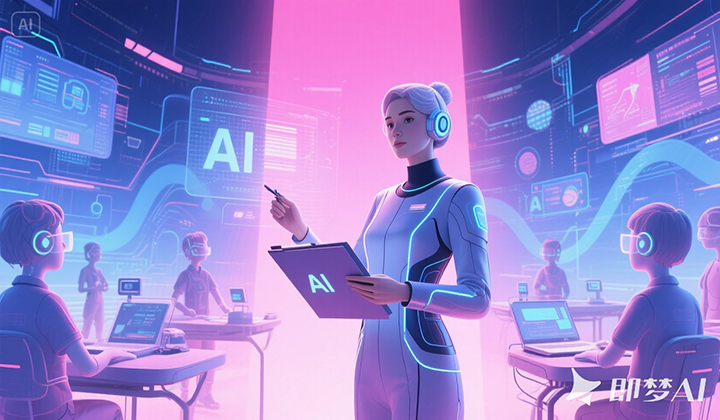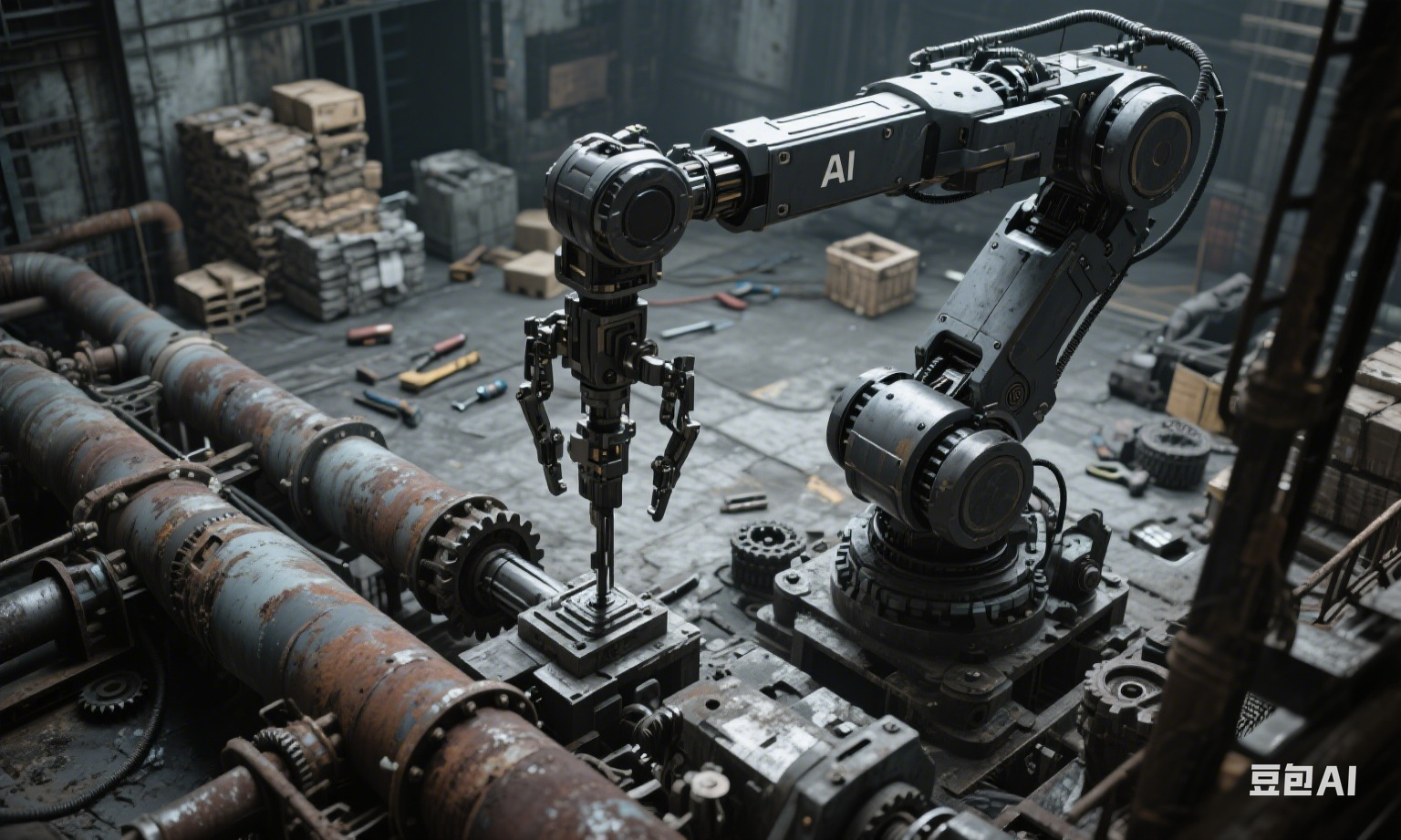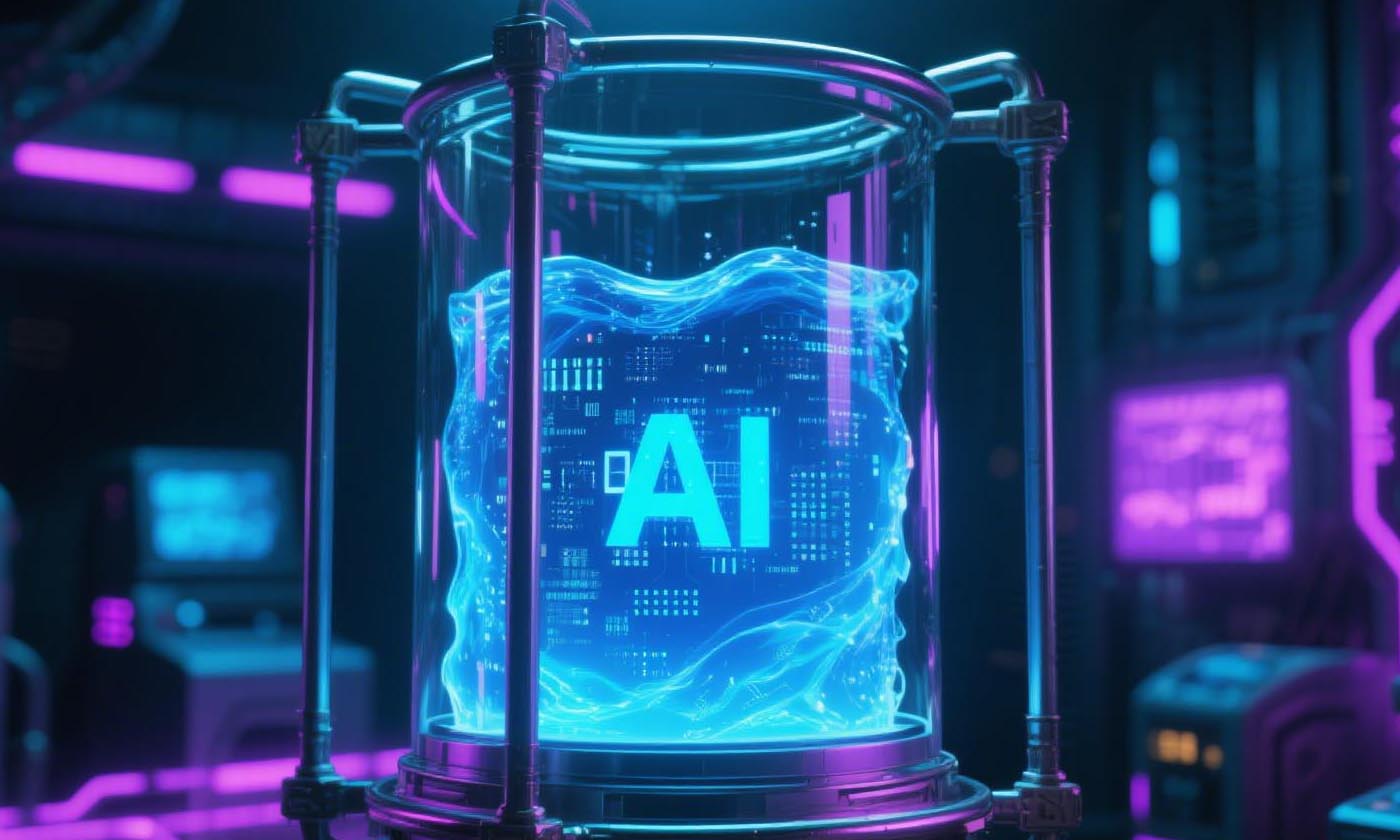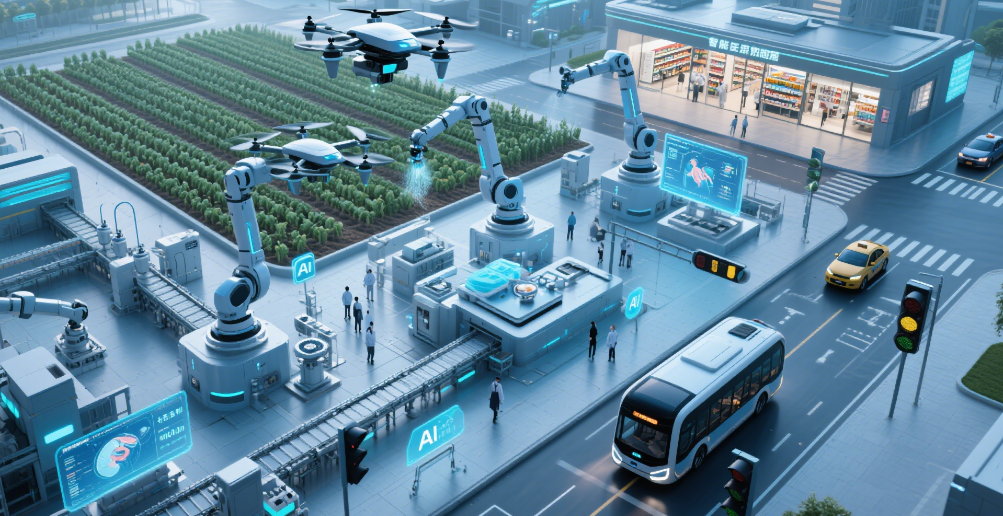AI cutting-edge technology panoramic scanning, the key path from algorithm breakthrough to industria
In today's era of rapid technological development, artificial intelligence (AI), as one of the most disruptive technological forces, is changing every aspect of our lives, work, and society at an unprecedented speed. From academic research to commercial applications, from the virtual world to the real economy, the wave of AI is sweeping across, and the breakthroughs in its cutting-edge technology and the process of industrial landing are intertwined, forming a magnificent technological picture.
1. The continuous evolution of deep learning
Deep learning, as the core technology pillar of AI, has achieved a series of remarkable breakthroughs in recent years. The rise of Transformer architecture has completely changed the landscape of natural language processing (NLP). With its self attention mechanism, it can efficiently process long sequence data, significantly improving the performance of tasks such as machine translation, text generation, and question answering systems. For example, Google's BERT model has broken records in multiple NLP benchmark tests, demonstrating its powerful ability in semantic understanding and providing more accurate language processing support for applications such as intelligent customer service and search engine optimization.
In the field of image recognition, convolutional neural networks (CNNs) continue to deepen and optimize, giving rise to efficient network structures such as EfficientNet. While pursuing higher accuracy, they significantly reduce the consumption of computing resources, making real-time image analysis on edge devices possible and widely used in various scenarios such as security monitoring and autonomous driving. In addition, deep learning is also integrating and innovating with other technologies in the field of reinforcement learning. For example, the excellent strategic decision-making ability demonstrated by deep reinforcement learning in the AlphaGo series of programs not only pushes the boundaries of chess game research, but also provides new ideas and methods for intelligent decision-making in complex environments.
2. Breakthrough progress in natural language processing
In addition to the breakthroughs in deep learning based models mentioned above, natural language processing has made significant strides in pre training language models. Through pre training with large-scale corpora, the model can learn rich language knowledge and semantic representations, and then fine tune to adapt to specific tasks. This paradigm greatly improves the development efficiency and effectiveness of NLP tasks. For example, GPT-3, with its massive parameter scale and powerful generation capability, can smoothly complete various tasks such as article creation, code generation, and dialogue interaction. Although it has some limitations, it undoubtedly opens up new paths for natural language understanding and generation.
At the same time, semantic understanding technology is constantly improving, evolving from simple keyword matching to precise capture of multidimensional semantic information such as context, intention, and emotion. This is thanks to the application of attention mechanisms, knowledge graph fusion and other technologies, which enable machines to better understand the connotation of human language, providing stronger technical support for applications such as intelligent writing assistants, public opinion analysis, and intelligent recommendations, further narrowing the distance between human-computer interaction.
3. Expansion and Deepening of Computer Vision
Computer vision technology is rapidly developing towards video understanding, 3D vision, multimodal fusion, and other directions based on image recognition. Video understanding technology can extract useful information from consecutive video frames, enabling tasks such as video content classification, object tracking, and behavior recognition. This has broad application prospects in fields such as intelligent security, video content review, and sports event analysis. For example, through video analysis, abnormal behavior can be monitored in real time to ensure public safety; Automatically identify exciting moments and violations during sports events to assist referees in making decisions.
3D vision technology is dedicated to enabling computers to better understand the three-dimensional shape and spatial relationships of objects, combining deep learning and sensor technology to achieve high-precision 3D reconstruction, point cloud processing, and pose estimation. In the field of autonomous driving, 3D vision is crucial for perceiving the surrounding environment, identifying obstacles, and road signs; In virtual reality (VR)/augmented reality (AR) applications, it brings users a more immersive experience and promotes the development of related industries.
Multimodal fusion is another important development trend in computer vision, which combines information from multiple modalities such as images, text, and speech for joint analysis and understanding, enabling a more comprehensive grasp of scene information. For example, in the context of smart retail, combining product images, customer voice, and shopping behavior data can achieve more accurate product recommendations and personalized services, improving user experience and sales efficiency.
4. Practical exploration of reinforcement learning
After achieving great success in the gaming field, reinforcement learning is gradually expanding to more practical application scenarios. In terms of robot control, reinforcement learning enables robots to autonomously learn optimal behavior strategies through continuous interaction with the environment, and complete complex operational tasks such as assembly and logistics handling in industrial production. For example, some research institutions use reinforcement learning to train robots to navigate and grasp objects in unknown environments, improving their adaptability and flexibility.
In the field of energy management, reinforcement learning can be used to optimize energy allocation and scheduling strategies, dynamically adjust the operating parameters of power generation, energy storage, and electrical equipment based on real-time information such as energy demand, prices, and equipment status, and achieve efficient energy utilization and cost savings. In addition, reinforcement learning has shown great potential in fields such as traffic flow control and intelligent investment decision-making. Through continuous trial and error and learning, the optimal strategy combination can be found to improve the overall performance and efficiency of the system.
In short, the panoramic scanning of cutting-edge AI technology demonstrates its strong development potential and broad application prospects, and the key path from algorithm breakthroughs to industrial implementation requires joint efforts and collaborative innovation from all parties. Only by continuously overcoming technological challenges, strengthening application innovation, and improving the ecological environment can we fully leverage the advantages of AI technology and promote its better service to the progress and development of human society.












